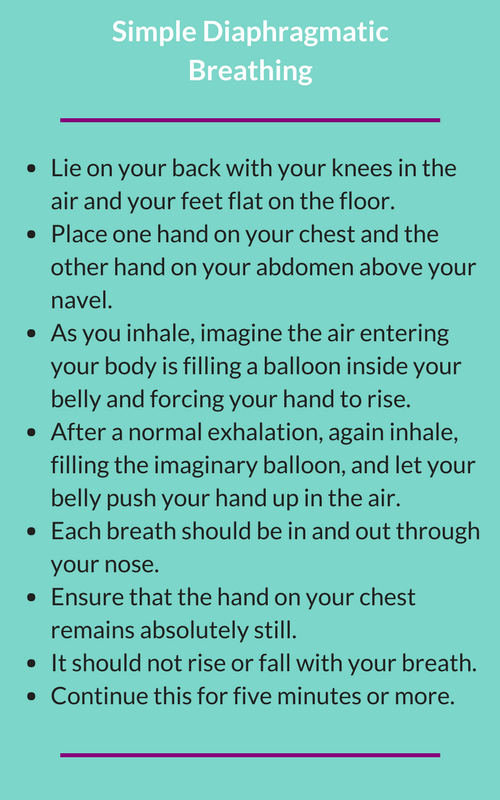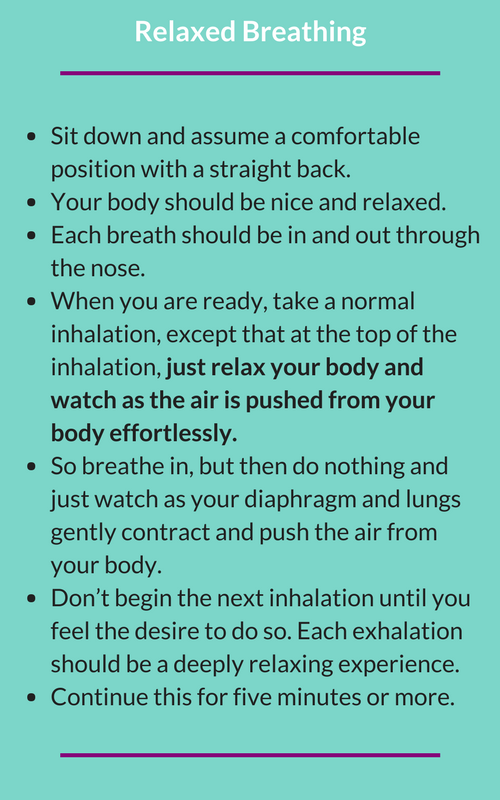Every day I talk to patients who are stressed out.
Stress is pretty much the universal condition in the modern world. I’m always looking for integrative and functional medicine ways to help folks alleviate and control their stress levels. We can do yoga, meditate, or lift heavy things. Each of these will work in some people but not in others. But there happens to be on common aspect to each of these activities. They each affect and control the way we breath!
Recently, I met with an integrative breathing expert! Meet John Poulton from Bountiful Breathing who practices in Bountiful, Utah. (Nice word play!) John is a certified breathing reeducator. This means that he teaches people how to restore natural breathing habits and patterns. In his course, he not only teaches powerful breathing exercises, but he also dives into the simple science of why it works. While John works with many types of people, these are are some of the most common conditions that he tackles: anxiety, asthma, rhinitis, sleep apnea, snoring, and stress.
When you are done with the exercises below go here to download John’s free e-book on breathing.
Two Ways To Use Your Breathing To Improve Your Health
We breathe tens of thousands of times each day. We don’t even have to think about it. It just happens. Interestingly, we can control our breathing if/when we choose. For example, we can hold our breath, we can breathe slowly, or we breathe quickly. Then, when we’re done consciously controlling our breathing, it will begin to happen subconsciously.
As you know, breathing is the way we provide our cells with their most basic necessity: oxygen. What you may not know, is that the way you breathe can activate your fight-or-flight response and it can also affect the amount of oxygen that reaches your cells. When you understand how this happens, you can begin to use your breathing as a tool to turn off the fight-or-flight response, and to maximize the oxygenation of your cells. Here’s how:
Turn Off the Fight-or-Flight Response
Our brains place survival above all else. This is the reason for the fight-or-flight response. When triggered, the fight-or-flight response sets off a series of physiological processes to prepare the body for maximum physical output such as increased heart rate, diverting blood to the muscles and away from the organs, and your breathing also changes! Your breathing volume increases (hyperventilation) and your breathing moves from your diaphragm to your chest.
Let’s look at an example. If you were to go out for a hike and come across a bear, your body would trigger the above processes in order to prepare you to fight or flee from the bear. Long-term, none of these processes is good for your body, but since your brain places survival above all else, it believes this is the best way to extend your life. And as long as this threat is temporary, there is really no long-term harm done.
The problem is that modern stress tricks the brain. For example, let’s say your boss yells at you. You immediately begin to worry about getting fired, paying the mortgage, and putting food on the table. Your brain interprets this as a threat to your survival and triggers the fight-or-flight response. But this time, there is no physical threat.
You continue to worry about this when you go home that evening. You continue to worry about it as you are going to bed. Even the next day at work you are still worried about potentially losing your job. All the while, the fight-or-flight response remains activated as your brain believes the threat is still present. If we focus on the breathing aspects of fight or flight, this means that you will continue to breathe heavier than usual, and much of this breathing will take place in the chest.

Your lungs are filled with receptors that communicate with the brain. When you breathe high up in your chest, these receptors send signals to your brain that there is a threat present. This is part of the fight-or-flight response. However, when you breathe deep down in the lungs (diaphragmatically), these receptors send signals to your brain that there is no threat present and triggers the rest-and-digest response. So by just breathing with the diaphragm, you can turn off the fight-or-flight response. Try the diaphragm breathing exercise.
Breathe to Maximize Cellular Oxygenation
Growing up we are frequently taught that we inhale oxygen and exhale carbon dioxide. While the basic idea is correct, it is an overly simplistic definition which can lead to vilifying carbon dioxide. The truth is that carbon dioxide is essential in delivering oxygen to the cells. Since the air we breathe contains virtually no carbon dioxide, the body must create and maintain large quantities of carbon dioxide.
When the fight-or-flight response is triggered, we begin to breathe heavily. This is what we call hyperventilation. The problem with hyperventilation is that we exhale too much carbon dioxide.
Low levels of carbon dioxide in the blood cause the arteries to narrow, reducing blood flow to the major organs of the body. Carbon dioxide also signals to the hemoglobin where to release the oxygen. Hemoglobin is the protein inside the red blood cells that bonds to the oxygen and carries it throughout the body until it is signalled to release it. When carbon dioxide levels drop, due to hyperventilation, the hemoglobin/oxygen bond strengthens (this is called the Bohr Effect). Basically, the hemoglobin will hold on to more of the oxygen and make less available to your cells. As you can imagine, your cells don’t respond well to being starved for oxygen. In fact, the Medical Textbook of Physiology states that “All chronic pain, suffering, and diseases are caused by a lack of oxygen at the cell level.”
There is good news. By simply slowing down your breathing, you can increase your carbon dioxide levels and therefore increase the amount of oxygen that is made available to the cells. Just as hyperventilation decreases carbon dioxide levels, slow breathing increases them.

These exercises are both simple and extremely powerful. As you pay attention throughout the day to your stress levels, you can implement these exercises and begin to decrease stress and improve the oxygenation of your cells.
